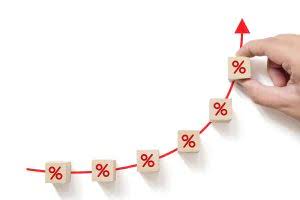
The name plant assets comes from the industrial revolution era where factories and plants were one of the most common businesses. This category of assets is not limited to factory equipment, machinery, and buildings plant assets definition though. Anything that can be used productively to general sales for the company can fall into this category. These assets are significant for any business entity because they’re necessary for running operations.

Deloitte e-learning — IAS 16
Understanding the nuances of asset lifespan and revenue generation is pivotal for sound financial management within any business dealing with plant assets. Depreciation spreads the cost of a plant asset over its useful life. This process matches part of the asset’s cost to each year it helps generate revenue. There are several methods to calculate depreciation, but all reflect how assets lose value over time. Delving into plant assets reveals an array of crucial resources, varying from the solidity of land to the sophistication of digital software.
![]()
What characteristics do plant assets have in common?
Now let’s consider how asset lifespan and revenue potential play into managing plant resources effectively.. A construction company might use units of production for heavy machinery wear and tear, while an office may apply straight-line for desk computers. Machinery needs regular maintenance; software requires updates to stay useful and secure. Managing them well means understanding their role in creating income over time. This helps both sides—the giver gets a tax write-off and the receiver gains valuable tools without cost. If made in-house or bought, it must serve the business for years to make it a plant asset.
- Depreciation spreads the cost of a plant asset over its useful life.
- A plant asset is an asset with a useful life of more than one year that is used in producing revenues in a business’s operations.
- In business, assets can take several forms — equipment, patents, investments, and even cash itself.
- Making continual improvements and continuously reviewing the quality of assets is an important part of keeping a company healthy.
Land and Land Improvements

You’ll learn what they are, see examples come to life, and discover strategies for smart management that could save money while boosting efficiency. The company would now adjust the carrying amount to £90,000, and depreciation would be calculated using the revalued amount. https://www.bookstime.com/ Depreciation methods can include straight line or declining balance. Therefore, the company would record the machine at £110,000 as the initial cost. The Ascent is a Motley Fool service that rates and reviews essential products for your everyday money matters.
Besides, there is a heavy investment involved to acquire the plant assets for any business entity. The company’s top management regularly monitors the plant assets to assess any deviations, discrepancies, or control requirements to avoid misuse of the plant assets and increase the utility. When a plant asset is acquired by a company that is expected to last longer than one year, it is recorded in the balance sheet at the end of the financial year. Besides, a part of the asset’s cost is charged to expenses account as a non-cash expense, depreciation. The PP&E account is remeasured every reporting period, and, after accounting for historical cost and depreciation, is defined as book value. To calculate PP&E, add the gross property, plant, and equipment, listed on the balance sheet, to capital expenditures.
The Role of Plant Assets in Business Operations
Instead, a part of the cost is periodically charged to the expense account to depreciation the plant assets. Plant assets represent the asset class that belongs to the non-current, tangible assets. The plant assets’ economic benefits last for more than one year. These assets are used for operating the business functions and generating revenues in the financial periods. Equipment, machinery, buildings, and vehicles, are commonly described as property, plant, and equipment (PP&E).
